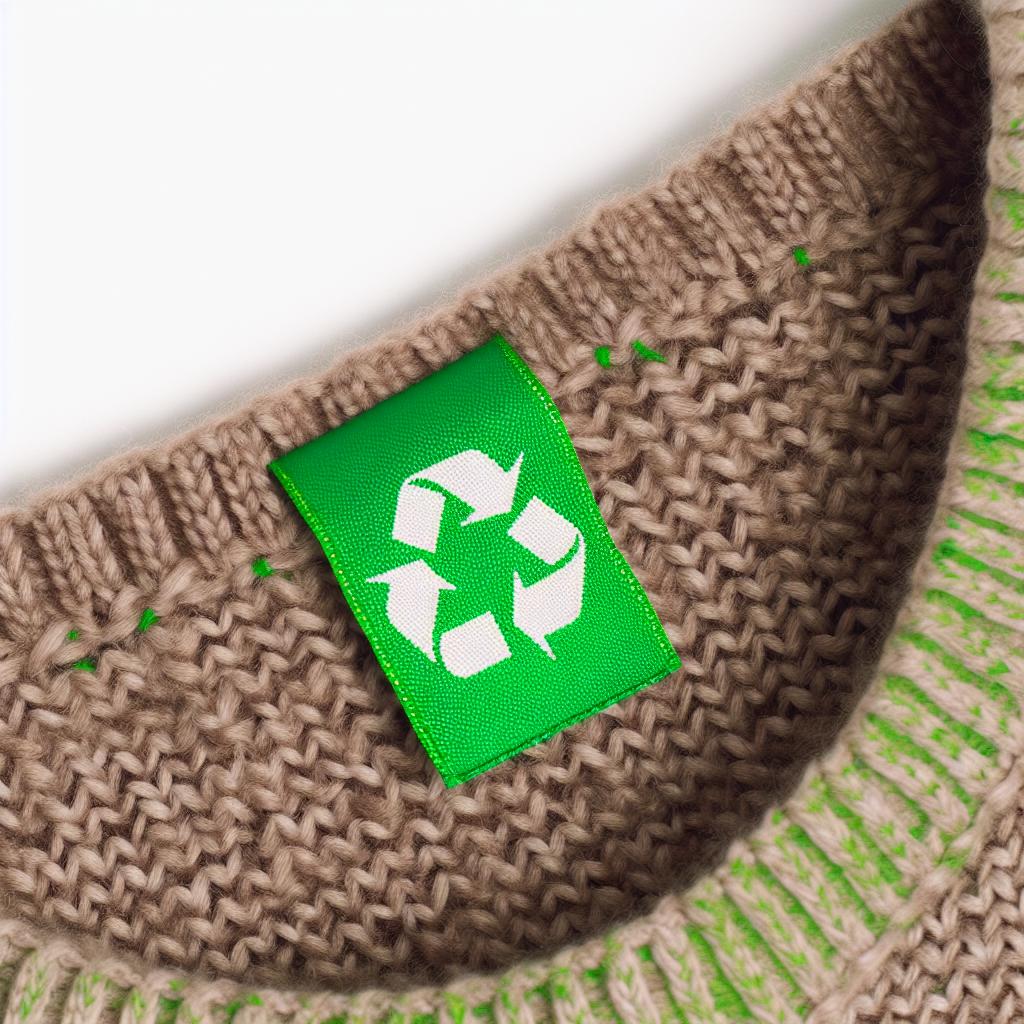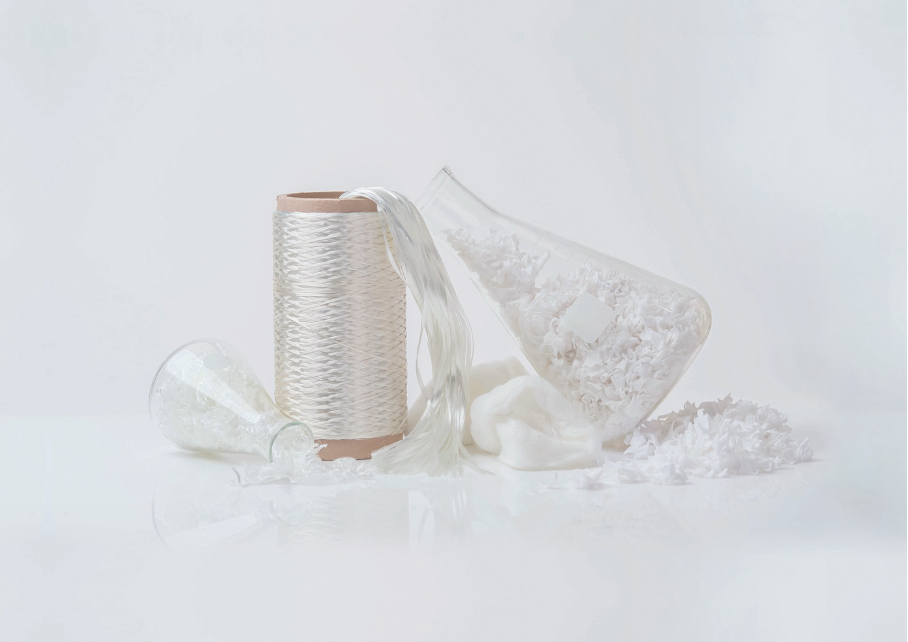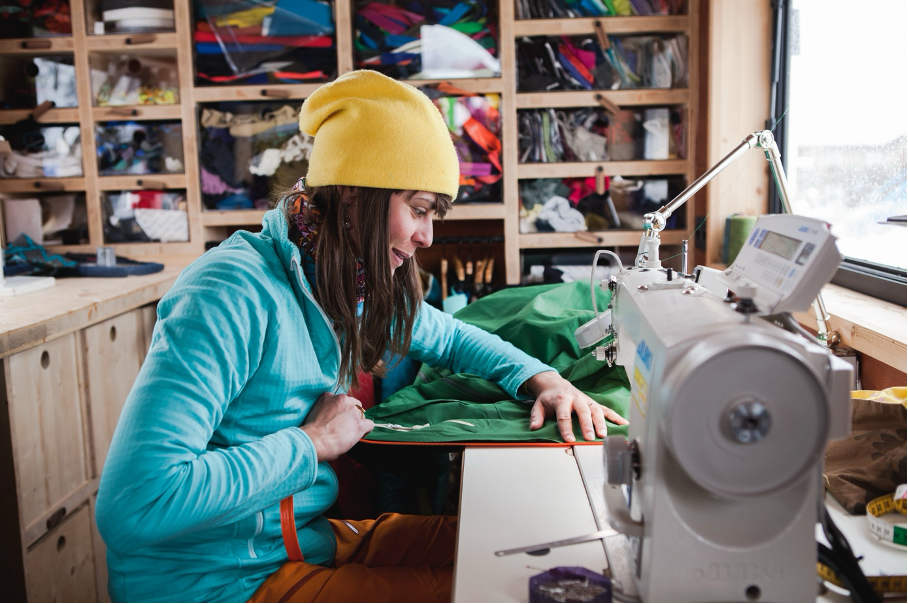Circular Economy in Textiles: Innovations Driving Sustainability
Sustainability is now also a top priority in the textile industry. This is about more than the use of organic cotton and better working conditions.

The textile industry is facing a growing challenge. By 2025, it is expected to produce 25 percent of global CO2 emissions. In view of these alarming forecasts, it is essential that the textile industry urgently makes its production and consumption models more sustainable. Investment in research and development and the implementation of circular economy principles play a crucial role in sustainable approaches in the textile industry. Using four examples, I will show you how the circular economy can be successfully implemented in the textile industry and where you can start in innovation management.
Pressure from the EU
Sustainability has become a key issue for companies in the textile industry and is at the top of their agenda. Pressure from the European Union is a major driver of this development. The target of making the EU climate-neutral by 2050 and reducing net greenhouse gas emissions by at least 55 percent by 2030 compared to 1990 is putting the industry under pressure. With initiatives such as the Green Deal and the Circular Economy Action Plan, the EU has made the circular economy a central focus of its agenda. Circular economy models are increasingly becoming the focus of political attention.
What is the circular economy?
The circular economy is a model of production and consumption in which products and materials are shared, leased, reused, repaired, refurbished, and recycled for as long as possible. This extends the life cycle of the products and conserves resources. The circular economy has the potential to increase regional value creation, create jobs, and strengthen economic cycles, especially in times of crisis and resource scarcity.
4 examples of the circular economy in the textile industry
1. Recycling: breaking down the fibers
When textiles are recycled, products can be broken down into their component parts to produce new goods or additional clothing. Now that sounds simple, but it is anything but. The biggest challenge in recycling textiles is the variety of materials. Garments often consist of different fabrics, small parts, embellishments such as buttons or zippers, and a variety of different raw materials, which makes the recycling process difficult and unprofitable. For many companies, it requires an intensive examination of existing processes and usually results in process innovations; one of the many types of innovation that offers companies the opportunity to expand their existing business. Examples of such innovative approaches include mechanical recycling and chemical recycling. In mechanical recycling, used textiles are mechanically shredded and processed into new fibers, allowing the materials to be reused. In chemical recycling, on the other hand, textiles are chemically treated to break down the fibers and return them to their original materials, which enables high-quality reuse.

Fig. 1: Evrnu – company for textile recycling innovations
One example of a company that successfully uses the chemical recycling of textiles is "Evrnu". In textile recycling, Evrnu has developed a technology to convert used textiles into high-quality fibers. A chemical process is used to isolate used cotton fibers and convert them into new fibers, which can then be used to manufacture new textile products.
2. Reuse: recycling textiles
Reusable components play an intriguing role in the circular economy. The idea is to reuse textiles and items of clothing instead of throwing them away after use. Companies can benefit from a number of advantages here. Not only can they reduce waste and production costs, they can also strengthen customer loyalty through sustainable practices. Companies that see potential here can, for example, use service design to develop offers to retain customers or consumers. There are already innovative approaches in this area too, such as technologies for processing and cleaning used textiles in order to extend their lifespan. For example, the rental or leasing of clothing is creating new business models that offer not only economic but also ecological benefits. Despite the progress made, further innovations are needed, particularly in the area of design optimization for more durable and more easily recyclable products; and in logistics for the return and recycling of textiles.

Fig. 2: Worn Wear – exchange, repair, and purchase of used Patagonia clothing and equipment
A successful example of a company that relies on "reuse" is Patagonia. The outdoor brand has introduced a program called "Worn Wear", which includes repair services and the sale of used clothing. The aim is to extend the life of clothing and get the most out of the materials.
3. Repair: mending damaged textile products
The repair aspect is about refurbishing damaged or worn textile products instead of throwing them away. Repairs help to reduce the environmental impact by extending product life cycles. More and more innovative technologies and processes are being developed to make the repair of textiles more efficient and of higher quality. These include automated repair systems and the use of innovative materials for more durable products.
One example of a company that successfully implements this approach is the clothing brand Nudie Jeans. It has introduced a comprehensive repair program called "Nudie Jeans Repair Shops" to offer its customers repairs and thus extend the life of its products. If no repair store is available near the customer, they also offer a free repair kit.
For companies from other sectors (e.g. mechanical engineering or process technology), this offers opportunities to open up new business areas as solution providers for the textile industry through new business development.
4. Renting: rental of clothing and textiles
Renting is playing an increasingly important role in the context of the circular economy in the textile industry. The idea is that customers can rent clothing and textiles instead of buying them. As briefly mentioned above, companies offer the opportunity to use items of clothing for a certain period of time and then take them back, clean them, repair them, and rent them out again. The advantages for companies are manifold. In addition to a steady source of income through recurring rental income, the concept enables a reduction in production costs and waste. It also promotes a sustainable lifestyle among consumers by reducing the consumption of clothing that is worn very infrequently, once, or not at all. In the course of this development, innovative business models are emerging for flexible rental options, the integration of technologies for tracking and cleaning rental items, and the design of clothing that is optimized for repeated use and cleaning. To ensure that clothing meets these requirements, the lead user method can be used to work on new concepts. This starting point is ideal for developing new solutions with experts from similar fields, for example.
One example of a company that has been able to successfully implement renting is "Rent the Runway". This online service rents out designer clothing and accessories and offers customers the opportunity to expand their wardrobe without having to buy lots of individual items.
Conclusion: this is what innovation in the circular economy can look like
The four examples presented reflect the four most important pillars of the circular economy. The following innovation management approaches can be used to work systematically on innovation:
- Process innovation in the production and processing of textiles and raw materials.
- Create new customer experiences with service design, as the concept must also be tangible and intuitive for end customers.
- New business development for companies from comparable industries; e.g. mechanical engineering or process technology.
- Lead user method to ensure that product and service innovations in the textile and fashion industry meet the new requirements resulting from the circular economy. This can span from design to sales.
Initiatives such as the Green Deal and the Circular Economy Action Plan do not have to be an obstacle for companies. People in charge of innovation need to understand how they can transform the new framework conditions into strategies to make the circular economy a success factor for their own company.











